In a striking declaration that has sent ripples through the global football community, the president of La Liga has voiced a firm stance against the future of the Club World Cup. With a promise to “do everything possible to ensure it never holds again,” this bold statement signals a significant challenge to one of the sport’s most ambitious international competitions. As the football world watches closely, questions arise about the future dynamics between leagues, clubs, and global tournaments-and what this tension means for the beautiful game’s evolving landscape.
La Liga President Voices Firm Opposition to Club World Cup Revival
La Liga’s leadership has made it unmistakably clear that the controversial return of the Club World Cup is unwelcome. The president has expressed deep concerns over the potential disruption this tournament could cause to the existing football calendar, stressing that the interests of European leagues and their clubs take precedence. The fear is that a revived competition would overload players and diminish the quality of domestic and continental matches that fans have long cherished.
In a vivid declaration of resistance, the president outlined several key reasons behind this stance:
- Player Welfare: Additional high-stakes matches would increase injury risk and fatigue.
- Calendar Congestion: The football season is already crowded with major competitions.
- Financial Concerns: Revenue redistribution may not favor all clubs equally.
- Preserving Tradition: Existing tournaments like the UEFA Champions League offer sufficient global showcase.
| Concern | Impact |
|---|---|
| Player Fatigue | Reduced performance and increased injuries |
| Fixture Overlap | Conflict with domestic leagues and international breaks |
| Financial Imbalance | Smaller clubs may lose out on earnings |
Analyzing the Impact of the Club World Cup on Domestic Leagues and Player Welfare
The introduction of the Club World Cup has undeniably placed significant strain on domestic leagues across the globe. Many clubs face challenges in managing congested fixture schedules, which often results in key players being overworked and sidelined due to injury or fatigue. This disruption not only affects team performance but also diminishes the overall excitement and quality fans expect from national competitions. Moreover, the timing of the tournament often clashes with crucial stages in domestic seasons, forcing coaches to make difficult decisions about player rotation that can undermine squad cohesion.
Beyond scheduling conflicts, player welfare has become a central concern for league officials and club management alike. The grueling travel, condensed timelines, and minimal recovery periods associated with the Club World Cup increase the risk of burnout and long-term injury. Key points often highlighted include:
- Increased physical and mental fatigue leading to decreased performance levels in domestic matches.
- Limited recovery time creating potential for chronic injuries among top athletes.
- Disrupted rhythm with abrupt transitions between different competitions.
| Impact Category | Effect | Stakeholders Concerned |
|---|---|---|
| Fixture Congestion | Reduced match quality | Clubs, Fans |
| Player Fatigue | Increased injuries | Players, Medical Staff |
| Scheduling Conflicts | Competitive imbalance | Leagues, Broadcasters |
Strategic Recommendations for Preserving Traditional Football Calendars
Maintaining the integrity of traditional football calendars requires a multifaceted approach that harmonizes the interests of clubs, players, broadcasters, and fans. Key initiatives must include:
- Prioritizing Player Welfare: Ensuring adequate rest periods and avoiding fixture congestion to preserve athletes’ health and peak performance.
- Strengthening Coordination: Fostering collaboration between national leagues, continental confederations, and FIFA to prevent overlapping schedules.
- Enhancing Fan Engagement: Protecting traditional matchdays and seasonal rhythms beloved by local and global supporters.
Transparent dialogue and data-driven scheduling can serve as pillars for these efforts. Leveraging technology to analyze travel demands, recovery times, and audience metrics helps create balanced calendars that respect both tradition and modern football’s expanding scope. Below is a snapshot comparison of key calendar factors to consider:
| Factor | Traditional Calendar | Expanded Global Tournaments |
|---|---|---|
| Player Recovery Days | 7+ days | 3-4 days |
| Domestic League Continuity | Consistent weekly matches | Interrupted with mid-season breaks |
| Fan Attendance | High on weekends | Dips due to midweek fixtures |
Exploring Alternative Global Competitions to Balance Club and International Interests
Amidst mounting concerns over the congested football calendar, several innovative proposals are gaining traction as alternatives to the Club World Cup. Key voices in football governance are advocating for competitions that better harmonize club demands with the international calendar, reducing player fatigue and preserving the prestige of national and continental tournaments. Ideas on the table range from regional champions’ face-offs to revamped intercontinental leagues that would provide competitive balance without overextending clubs or national teams.
These alternatives emphasize sustainability and stakeholder consensus, balancing the ambitions of clubs, federations, and broadcasters alike. Proposed formats often include:
- Rotating host continents to maintain global appeal and fair travel logistics.
- Reduced team numbers to shorten duration and intensity.
- Integration with existing confederation events to streamline scheduling.
| Alternative Format | Key Feature | Potential Benefit |
|---|---|---|
| Continental Champions League | Top clubs from each confederation compete | Enhances local rivalries, fewer matches |
| Biannual Intercontinental Cup | Winner of major club tournaments clash | Preserves exclusivity, less calendar strain |
| Regional Club Showdown | Smaller scale, focused regional competition | Lower travel burden, heightened fan engagement |
To Conclude
As the debate around the future of the Club World Cup intensifies, the firm stance of the La Liga president adds a compelling chapter to this ongoing saga. Whether this marks the beginning of a transformative shift in international club football or simply a powerful expression of regional loyalty remains to be seen. What is clear, however, is that the conversation is far from over – and the beautiful game’s global landscape may never look quite the same again.

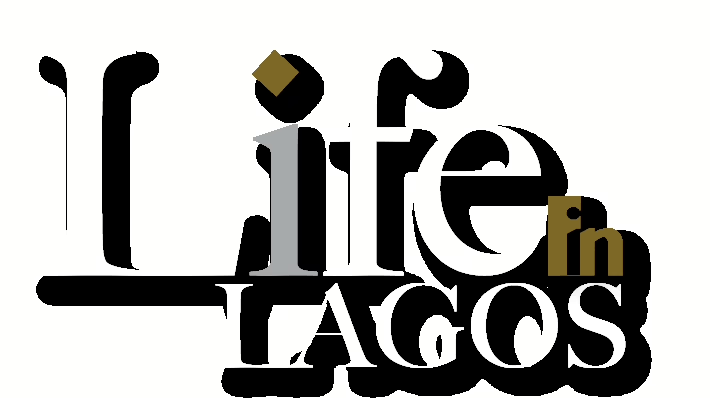


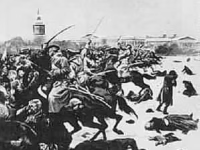

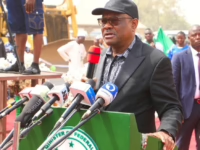








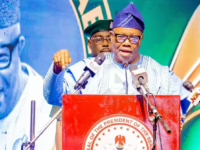



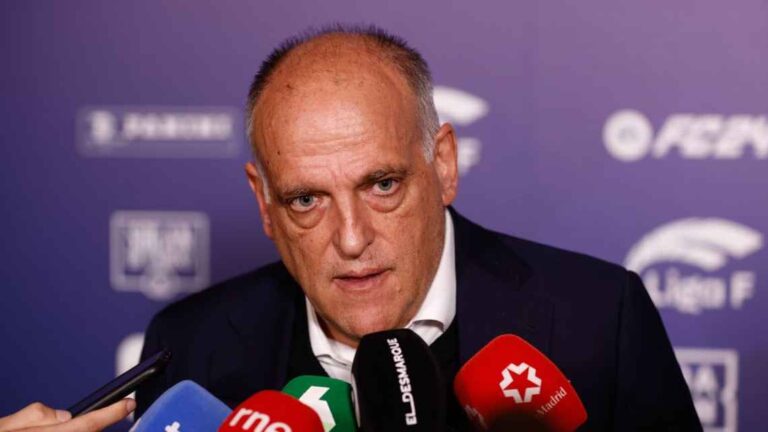
0 Comments